Kiku Classification: Decorative, Intermediate Incurve, Pompom, and Single and Semi-Doubles
Posted in Behind the Scenes, Exhibitions on September 30 2011, by Ann Rafalko
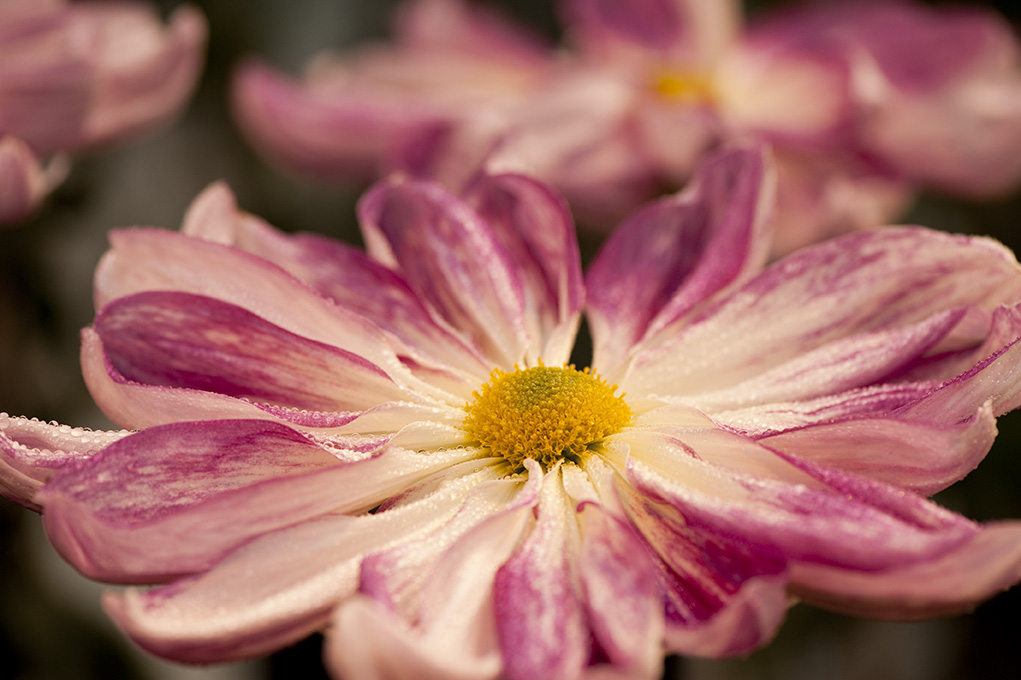
A display of kiku, the mesmerizing art of trained Japanese chrysanthemums, will join Fall Flowers of Japan in the Enid A. Haupt Conservatory on October 5! In anticipation, we’re taking an in-depth look at these fascinating flowers.
The Asterceae family (in which you can find chrysanthemums) is one of the largest in the botanical world. All aster family plants are composites. They have flower heads made up of many individual flowers. There are 13 different classes of chrysanthemums with varying flower forms defined by the National Chrysanthemum Society. (See classes one through three here).
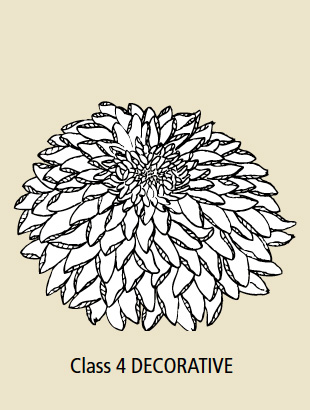
This is a very common class of mums. You will often find this shape in garden mums. The flowers have a flattened shape compared with the first three classes. The florets tend to be short. Upper florets generally are incurved (curl up) and lower florets tend to be reflex (bending down). You will find this class of chrysanthemum in a kengai or cascade display (learn more about this style of display tomorrow).
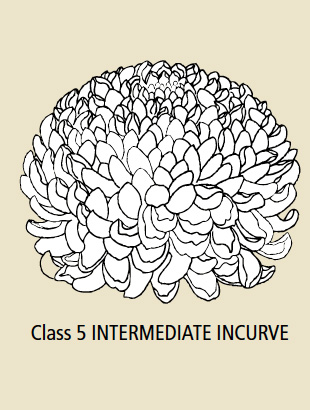
This popular class is smaller than the Irregular Incurve, with shorter, partially incurving florets and a more open appearance. It looks like a hybrid between Irregular Incurve and Regular Incurve.
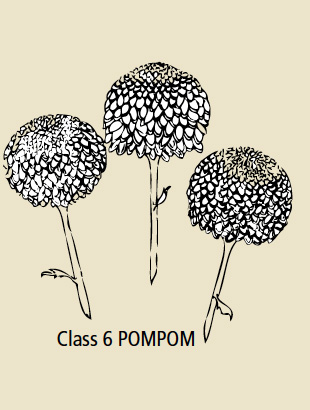
These chrysanthemums have a small, globe-like bloom that is flatter when young and becomes round as it ages. The florets are either incurved or reflex in a regular fashion. The flower size can range from one to four inches.
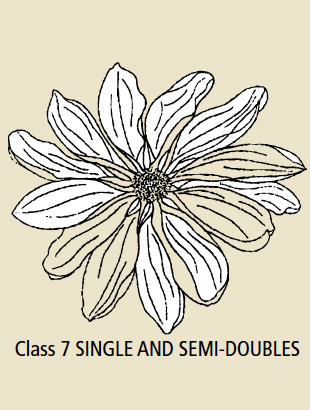
This is the quintessential daisy-shape bloom that you see in many members of the Asteraceae family. A central section of disk florets is surrounded by several rows of ray florets (generally between one and seven rows). You will find this class of chrysanthemum in kengai or cascade displays.
Previous Days in the Kiku Countdown:
How Do They Do That?: Ozukuri or ‘Thousand Bloom’
Kiku Classification: Irregular Incurve, Reflex, and Regular Incurve
Illustrations courtesy of the National Chrysanthemum Society USA

